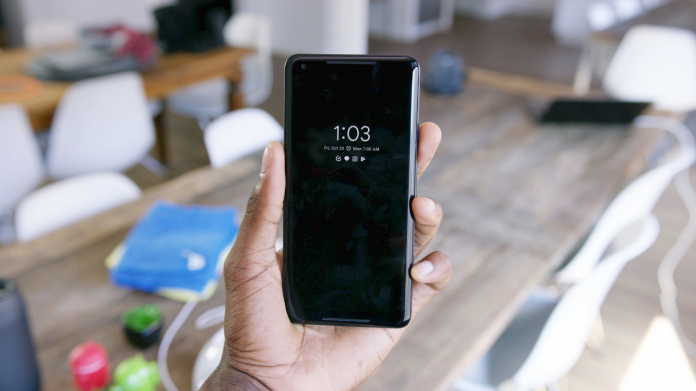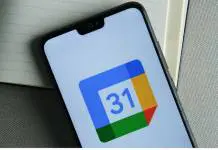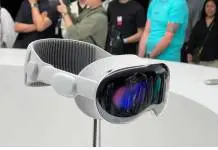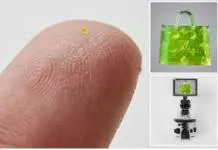
An article published by Android Central on Monday has sparked controversy among the Android community, after revealing that the Google Pixel 2 XL shows signs of screen burn-in on its POLED panels just two weeks after its debut and a couple of days since its official release.
The tech giant responded to consumer concerns with an official statement saying they were “actively investigating” the claims made in the report. This is not an isolated issue, and it is way too early on the Google Pixel 2 XL’s life cycle to be showing such defective signs.
It appears Google has people’s backs on this one, as this material flaw is covered by replacement warranties. However, the company might be faced with a tough decision sooner rather than later if it doesn’t figure out what to do with their faulty displays.
Yep, the Google Pixel 2 XL really has a discoloration issue when you view t from the sides. Warmer dead-on. Blueish from sides. pic.twitter.com/zoEtYnQRrw
— Ray Wong (@raywongy) October 23, 2017
What is screen burn-in and why does it happen?
You might remember in the early days of smartphones and tablets (and even laptops and computers back in the day) that some of these devices showed pretty telling signs of wear when some of their pixels “burn in” the image they are displaying after long periods of time.
That's some pretty wild OLED burn-in on the Pixel 2 XL after maybe 7 days of full-time use pic.twitter.com/EPJTs6D0Kg
— Alex Dobie (@alexdobie) October 22, 2017
This is a particular phenomenon that happened in the first OLED screens, but technology advanced enough to fix the issue and nowadays it is a rare happening in premium flagships, especially those made by renowned companies like Samsung and now, Google.
The thing about screen burn-in is that it takes time to show, and it definitely should not happen after just a couple of weeks of use. Other phenomena like image retention were somewhat common in early LCDs, and it is more easily noticeable on TV sets.
You can add my Pixel 2 XL to the burn-in pile. pic.twitter.com/r9u31wal4Q
— Ron Amadeo (@RonAmadeo) October 23, 2017
Will Google face the same fate as Samsung?
Of course, one of the first things that come to mind for any prospective owner or Pixel 2 XL user is, after refunds and replacements, a total recall by Google a la Samsung Galaxy Note 7.
Luckily, the XL flagship’s displays are not hazardous like the infamous Note 7’s batteries, which leaves Google in somewhat of a better place. Still, showing this kind of manufacturing flaws so early down the road is not a good look for the tech giant, particularly when it is aiming to become a competitor in the hardware sector.
For now, the company’s official response seems to involve an assumption of responsibility for their work, and reassurance to users that they will get new, non-faulty devices once they finish their investigations. In the meantime, as Android Central suggests, the best thing would be to wait and see how it all unfolds.
Source: Android Central










